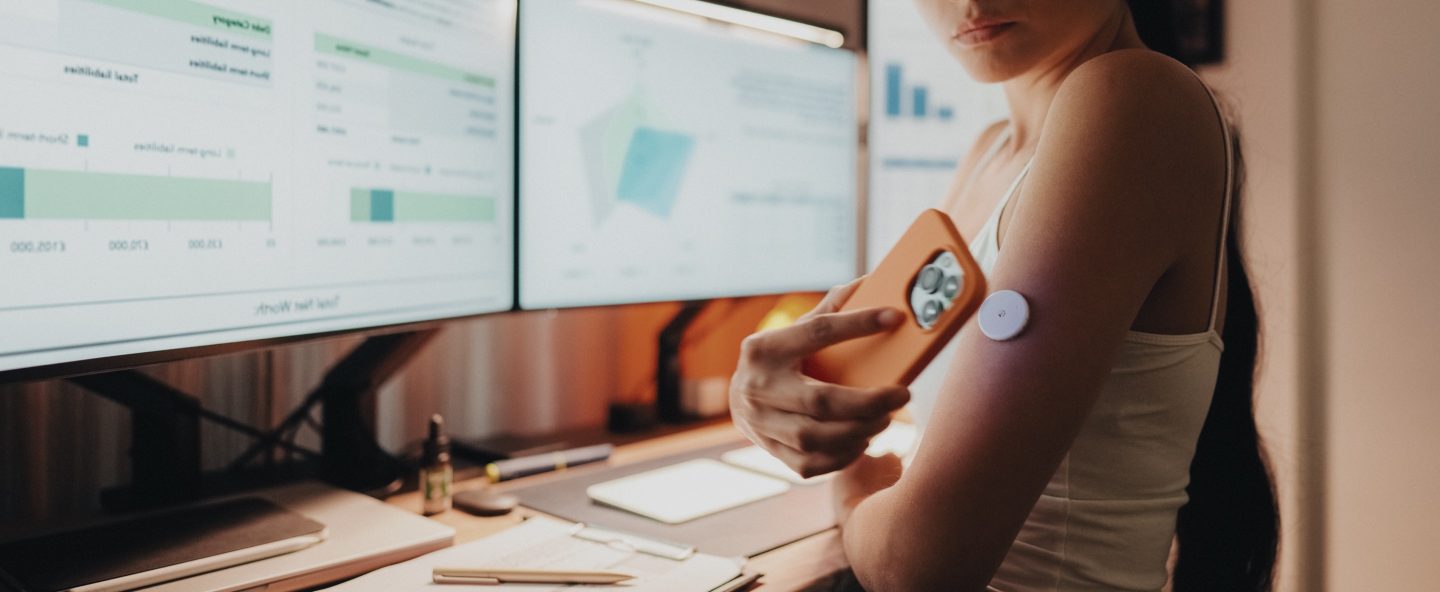Theofanopoulou N, Isbister K, Edbrooke-Childs J, Slovák P. (2019). Technology-enabled prevention intervention to promote emotion regulation in middle childhood: Feasibility study. Journal of Medical Internet Research Mental Health. 6(8): e14029. doi: 10.2196/14029
Researchers recruited 11 children (aged 6-10 years) of 9 low-socioeconomic status parents in the United Kingdom through online advertisements, in-school recruitment, and participant referral, to participate in a 1-week qualitative feasibility study of a smart toy intervention for emotional regulation (ER). Researchers gave participants a plush toy with ear, back, and feet sensors, an abdomen gyroscope, and a narrative discovery book with activity suggestions. Researchers did not instruct participants on how to use the toy. Researchers extracted data from semi-structured pre- and post-intervention interviews (approximately 30-minute child and 1-hour parent interviews), photographs taken by participants on a study-provided digital camera, and the toy’s automatic sensor activation log. Children preferred to hug and stroke the toy; back sensors logged the highest number of activations (35% of total interactions). Most parents reported that the toy comforted their child (60%). Half the parents encouraged child-toy engagement for self-soothing and found that the toy improved their own ER or other family members’ ER (50%). Children treated the toys as sentient beings (100%), wanted to bring the toy everywhere they went (91%), cared for the toy’s imagined symptoms (64%), exhibited protectiveness over it (64%), and alleviated physical pain through child-toy interaction (55%). Separation from the toy post-intervention distressed all children (100%). Most parents (70%) attributed children’s consistent intervention engagement to the children’s sense of responsibility for the toy. High levels of child engagement with the toy, its significant physiological effects, and resultant parent-reported outcomes suggest that a smart toy preventative intervention may promote positive ER in children.
